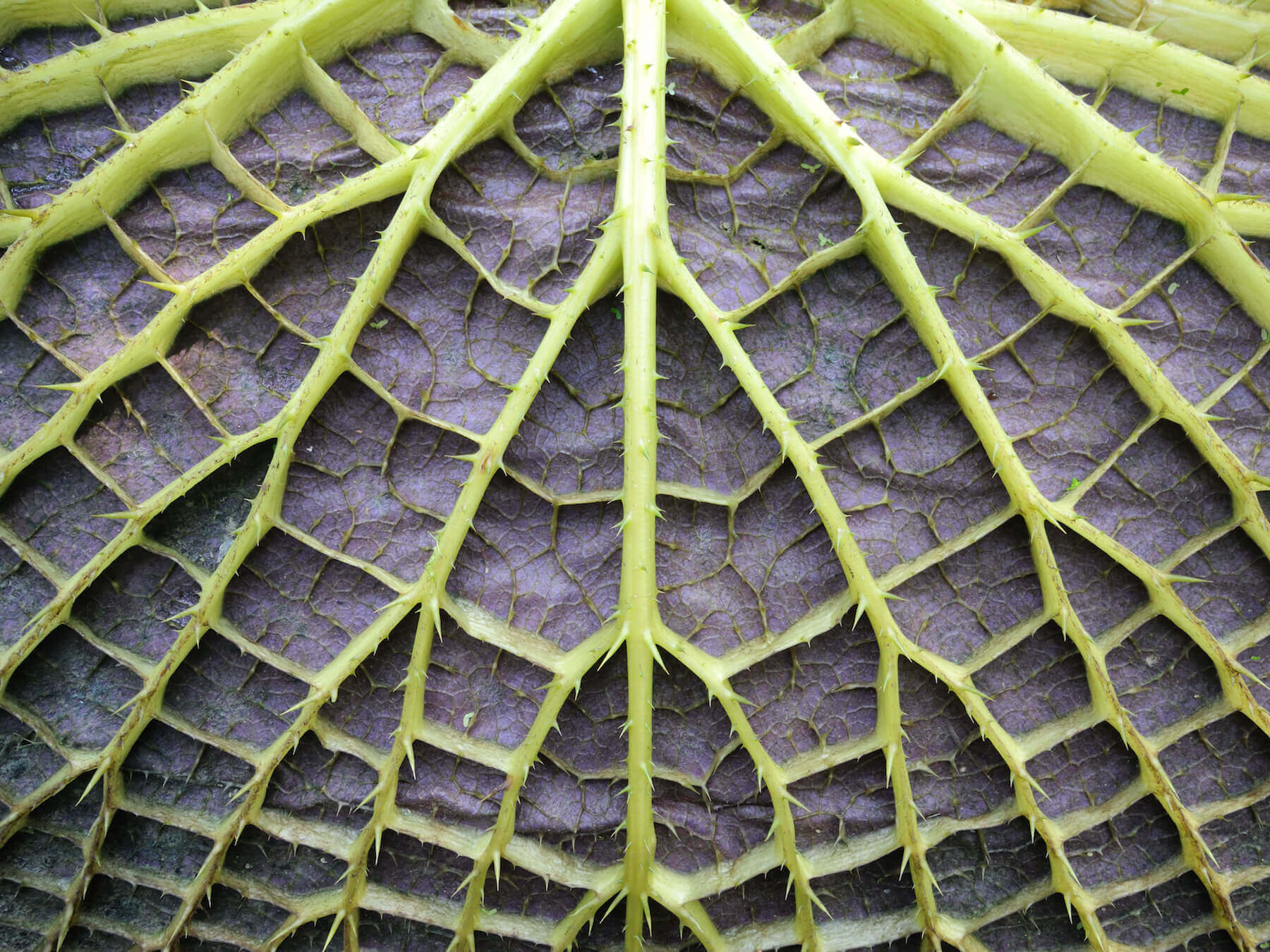
Complexity and Life
- 2 minsTaken scientifically, the term Complexity embodies a set of premises and concepts that not only add new flavors and textures to sciences as usual, but actually provide a distinct way to make sense and contextualize many phenomena in the world. In this way, Complexity is understood as a New Kind of Science1, where the focus point of study is no longer just on some particular points, but also on the dynamic relationships between said points. And, more importantly, on what is born (what emerges) through the establishment and maintenance of such connections.

More broadly, Complexity can be understood as a set of lenses, which allows whomever wears it to see things in a very unique way. That is, to experience how things are interconnected and what that means to dynamics that span through space and time. For example, Complexity allows us to expand our understanding of causation, equipping us to make sense of how certain actions and decisions spread non-linearly in time to effect other actions and decisions and to feed back the initial ones, reenergizing this dynamic.2
The amazing thing about wearing such lenses is that it literally makes us contemplate life itself in a completely new fashion. And this is meant not only in a metaphorical way. There are, of course, a myriad of unknowns around what is life and how it came to be. However, it’s undeniable that life and complex phenomena are very intimate, sometimes indistinguishable.
If we consider the work of Chilean biologists Humberto Maturana and Francisco Varela, for example, we’ll learn about the concept of Autopoiesis, which describes a common dynamic to any system that have a metabolism (is alive): self-generating networks made up of components whose function is to transform and replace other components. This way, the entire network continuously generate itself.3
Such a networked dynamic characterizes that which lives and that which is complex. In this way, the concept of autopoiesis can be abstracted away from biology, and applied to other complexity-abundant domains, such as social systems. The only thing one needs to note is that the networks in these domains are distinct. For example, the networks making up social systems are immaterial, they are Networks of Communication.
This kind of an abstraction can be a powerful tool for interactions with social systems, because they can guide new courses of action. For example, Maturana & Varela describe that a living system couples to its environment structurally through recurrent interactions, each of which triggers structural changes in the system. Meaning that the “natural” way to bring about change to a living system is through “environmental disturbances”, as opposed to direct interventions into the system. With that, one can consider changing they engagement with living and complex systems, understanding that they have fluid dynamics that require new ways of seeing and acting.
